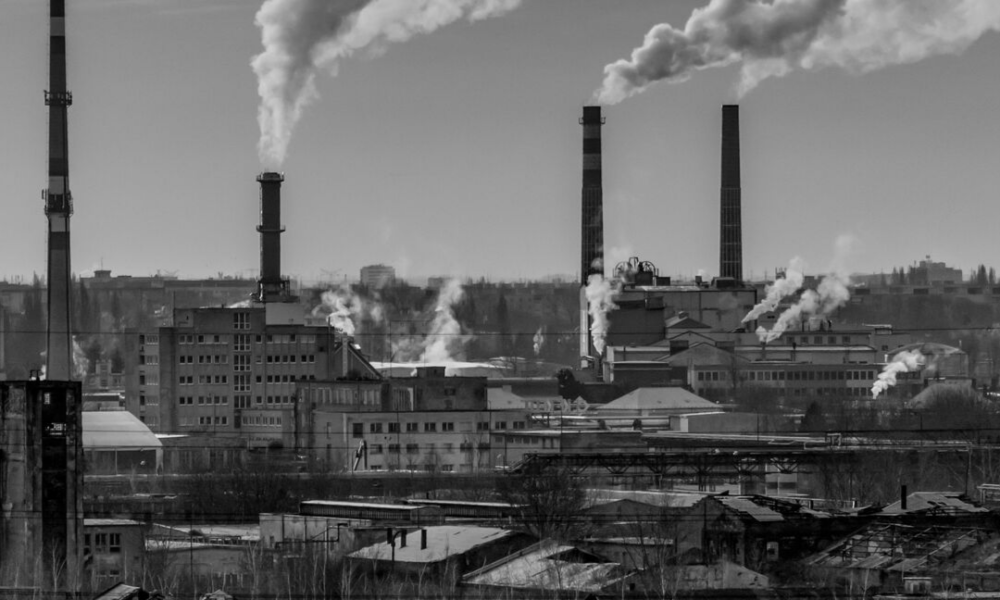 Industry has been an important part of St. Louis’ history since the 1800s. After the civil war, shipping and manufacturing expanded dramatically, due in part to the city’s central location in the country and access to rail and water transportation. Sites that were previously home to factories, gas stations, smelters, and houses built before 1978 have a high chance of being contaminated by lead, petroleum, or other heavy metals. Unfortunately, up to 89% of homes in the City of St. Louis were built before 1980 and are therefore at risk unless they have been tested and/or remediated and known to be safe. Additionally, Missouri used to have the largest active primary lead smelter in the United States (Herculaneum) and the largest secondary lead smelter in the world until it finally closed in 2013.
Industry has been an important part of St. Louis’ history since the 1800s. After the civil war, shipping and manufacturing expanded dramatically, due in part to the city’s central location in the country and access to rail and water transportation. Sites that were previously home to factories, gas stations, smelters, and houses built before 1978 have a high chance of being contaminated by lead, petroleum, or other heavy metals. Unfortunately, up to 89% of homes in the City of St. Louis were built before 1980 and are therefore at risk unless they have been tested and/or remediated and known to be safe. Additionally, Missouri used to have the largest active primary lead smelter in the United States (Herculaneum) and the largest secondary lead smelter in the world until it finally closed in 2013.
Strikingly but not surprisingly, black St. Louisans, are exposed to considerably greater environmental risks than white residents including lead poisoning, contributing to stark racial disparities regarding health, economic burdens, and quality of life. A new report, “Environmental Racism in St. Louis,” was prepared by the School of Law’s Interdisciplinary Environmental Clinic (IEC) at Washington University in St. Louis on behalf of the Sierra Club, Action St. Louis, Arch City Defenders and Dutchtown South Community Corporation. The report highlights lead poisoning in predominantly black children in the City as well as calls for all St. Louisans to have access to safe, affordable housing; clean air; reliable and affordable public transportation; healthy, accessible food; and neighborhood-based revitalization efforts. Learn more here.
If you are concerned about your soil, click here or on the infographic to the right (page one of two) to learn more about the most common contaminants found in the region and what you can do to avoid contamination in your food.

